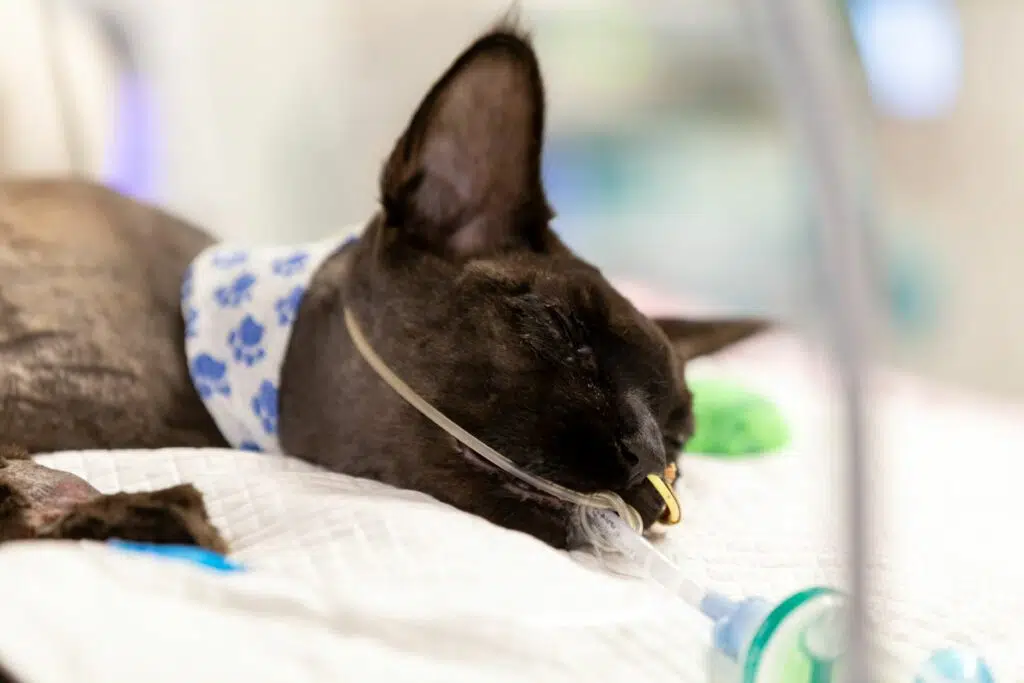A major cause for concern in the veterinary industry is work life balance. It is often one of the top reasons why many veterinarians leave the profession. But achieving a work life balance certainly isn’t easy. However, it is the most important way to achieve professional and personal satisfaction and avoid becoming burnt out.
But how do we achieve this balance? It starts by setting your professional boundaries. While putting your boundaries in place may require the cooperation of colleagues, family and friends, it the long run it will make a significant difference in your life.
Define your boundaries
Change is certainly not easy. So, the first step is by defining your boundaries.
What are your boundaries? These will vary greatly from person to person. But the following list is a good start to defining what your professional boundaries are:
- What are the number of hours you are comfortable working in a normal day?
- What are the number of minutes you want to have as a break/s in your day?
- Do you have an appropriate amount of time to write up clinical histories?
- How many times do you say no in your day, and what do you say no to?
- Don’t take work home with you
Before you start work each day read your boundaries. And at the end of each workday look over your list again – did you stick to it, did you discover another boundary you need to put into place?
Your work hours define your work life balance
Working long hours and extra unpaid hours is seen as almost normal and expected these days, especially within the veterinary industry. Working long hours isn’t something to be celebrated, but is instead a challenge the industry continues to face, particularly in terms of mental health and staff retention.
Talk to your manager about the number of hours you are comfortable working in a normal day and week. And work together on what will happen if your boundary hours are exceeded.
If you are starting a new job, this is the perfect opportunity to set your work hour boundaries. Before commencing your new job and signing your employment agreement, have a conversation about work hours, including start and finish times, how overtime is defined and managed, and how breaks are structured and managed.
Making time for breaks and time off
Breaks and time off are important – they allow us to pause, take a breath, and recharge. But in a busy environment from back-to-back consults, urgent surgeries, and walk-ins, breaks are often interrupted or even forgotten. To ensure you and your colleagues break boundaries are met, try implementing the following:
- As a team, agree on set break times and help each other stick to times agreed
- Set an alarm on your phone so you don’t forget to take your break
- Do something in your break you enjoy, such as reading a chapter of a book or listening to music
- Have your break away from your desk or even the clinic, or go for a walk
- Ensure your break is truly a break – don’t use it as a chance to catch up on notes
It’s not just breaks during work that are important, but time off as well. Making time for annual leave to recharge your batteries and enjoy your family and social life is just as important. This time away from your veterinary clinic will allow you to clear your mind and be completely away from anything work-related.
One way to ensure you take time off is to make a calendar of your important events. Such as birthdays, family get-togethers, other celebrations, or particular times of the year you’d like time off. Work with your manager to find a way to get these days off.
Learn to say no
We have almost been conditioned to say yes to everything that is asked of us. But we are allowed to say no. It is okay to say no. But saying no isn’t always easy and it will take practice before you are comfortable in saying no.
We need to remember we can’t do everything and we can’t please everyone. So, if you don’t believe you have the time to take a new patient or case on, or what is being asked of you is outside your boundaries, it’s important to say no. You don’t need to justify yourself, or give a reason or excuse. But if asked, tell the requestor you’re setting boundaries for a work life balance, you’ll find that most people will understand.
Work stays at work
One of the most common ways we often don’t achieve a work life balance is because our work life bleeds into our home life through the tasks and cases we bring home with us. An important boundary you need to set is not bringing home work with you. This includes patients you’re currently treating, cases or notes you have to catch up on, and log off the clinic email! Leave your work at work, otherwise your personal time isn’t really yours.
If you find you have many tasks you can’t complete within your work hours, it may be beneficial to track how you spend your time at work for a week. By tracking your time you may be able to identify tasks that aren’t necessary, or could be delegated, or be set aside and done on a once-weekly or monthly schedule to save time.
And for anyone who needs to work from home due to not having a workspace in the clinic, create a space in your home that is only for work. Even changing from the phrase ‘working from home’ to ‘working remotely’ can make a difference in how you treat your work hours.
A strategy to help leave work at work is by creating a dividing line. For some it’s as easy as walking out the door of the veterinary clinic. But you may need to do an activity to completely switch off from work. This may be taking your dog for a walk, going to the gym, or by watching your favourite TV show.
Make the most of your time outside work
And above all else make the most of your time outside work. Some of our tips for enjoying your time away from work to the fullest are:
- Focus on the time together with family and friends by switching off from online.
- Organise your errands so you can do them together and save time.
- Lower your expectations for chores. It’s okay to let things slide in order to spend more time with family and friends, and enjoying activities you want to do.
- Spend a week tracking your time. Are there any patterns? Does it give you an idea of how to make more time for yourself? Do you find yourself going to the supermarket everyday – try a weekly meal plan and shopping once for the entire week to use your time more efficiently.
Your work life balance success
Setting boundaries is hard and will take time to implement. But knowing what your boundaries are and talking openly about what your boundaries and expectations are with your colleagues, family and friends, and learning to say no will set you on the path to achieving a work life balance. It will also ensure the original love and passion you had for the veterinary industry will stay with you for a long time to come. For more resources on achieving work life balance as a vet and improving your personal and professional balance, explore our library of articles on veterinary wellbeing.





